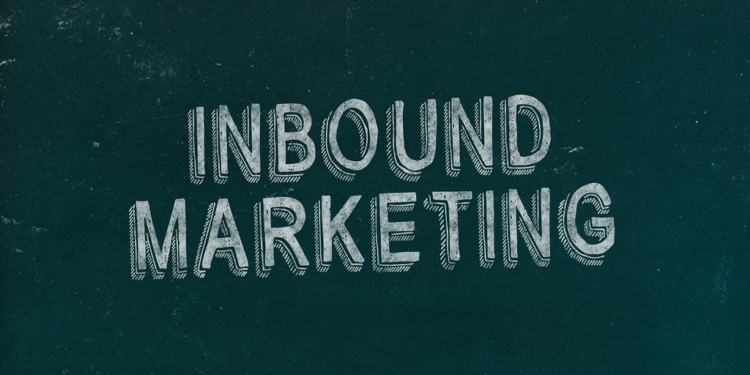What is it?
Inbound marketing is a crucial strategic tool at the disposal of companies that allows them to reach out to their target audience in the best way possible. It is not an advertisement that comes out of nowhere in the middle of a user’s browsing but is more of a targeted problem-solving and educating effort which a company does for its prospective clients and customers. The interesting content which is generated for the purpose of inbound marketing is distributed through digital channels. Perhaps, the best thing about inbound marketing is that it requires patience and waits for the user to take the first step.
Key benefits
Some of the key benefits of focusing your marketing campaign on more inbound marketing can be-
1. Simplicity – Sales and marketing is a tough job as it is, and the outbound marketing methods creates more tasks for both. With inbound marketing, instead, both these departments can come together and collaborate on making campaigns that can have way better content and pitch. The information-sharing would also be seamless, and the insights which are drawn from the data and other campaigns can be utilized in a more efficient and fluid manner, Also, with this information, the future campaigns can be aimed towards solving more issues and keeping up with the changing consumer behavior. As the targeted population would be very specific, all the feedback received can be immensely beneficial. An analysis of consumer queries, problems, and questions would provide clear directions to the teams as to how the service or product has to be placed in order to maximize leads and conversions.
2. The utility of the digital medium – It is just inbound marketing that aptly utilizes the digital and online resources which are available to people. With the increasing use of the online medium to solve problems and queries and get answers to questions, it would be beneficial to target your marketing campaigns as well towards making full use of this medium. On the part of the user, most of the research they conduct is online. If you can provide the right bit of information at the right place, then it tremendously increases your chances of conversion.
3. Return on Investment – Inbound marketing, as it is completely online, also costs lesser than the traditional ways of marketing. Outbound marketing costs are sometimes twice as high when compared to inbound marketing. Hence, inbound marketing generates leads at a cheaper cost. This saves resources in not only monetary terms but also the time and effort invested in the creation and running of campaigns. Inbound marketing is an overall savings package for companies.
4. Better quality of leads – Because the onus of taking the first step towards the advertisement or information which is already present there is on the user, inbound marketing also leads to the generation of better quality leads. These people are already looking to avail the service, or at least know more about your offering. In this way, they can be converted in a shorter period of time. Another way to put it would be that you do not directly confront any customer with your product. Firstly, you provide them the information that they want and develop a certain relationship with them. It is this relationship which can then eventually lead to a conversion.
5. Brand image – Because with inbound marketing, you would be in the business of providing educational information and solving queries, it can also help you position your brand in a better manner. You come across as someone who cares and provides a personalized service. Moreover, it would ensure that people understand that you are not in the business of ‘not caring’ because you have not popped up an advertisement simply anywhere.
Inbound vs. Outbound
The traditional ways of marketing like cold calling and giving advertisements comprises outbound marketing. One striking feature of this kind of marketing is that it is not targeted and specific. Cold calls and advertisements are bound to be ignored, mainly because the person on the other end of it was not expecting or looking for it. In a way, it can be said that you target the random population with an intention to find that small group of people who would be interested in your service and align with your values.
Needless to say, this has some glaring limitations. For starters, it is a very resource-consuming exercise. Efforts are put in to make calls and design creatives for advertisements, and a lot of time and money is then invested in getting the information out there. All for a very meager conversion rate. On the other hand, inbound marketing here is a fresh perspective, one that has been receiving more and more attention from the big corporates since the latter part of the last decade.
As opposed to traditional ways of outbound marketing, inbound marketing relies on the initiative of the user. If somebody looks up or puts in a query of any phrase related to your business, it is here that they would find the information that you would provide. Right off the bat, they would be more receptive to the information in front of them because they are already looking for this service. This ensures that your advertisements are never ignored and that you can form a better bond with the prospective client. Not just this, but inbound marketing also allows you the time to focus on what information you put out there.


